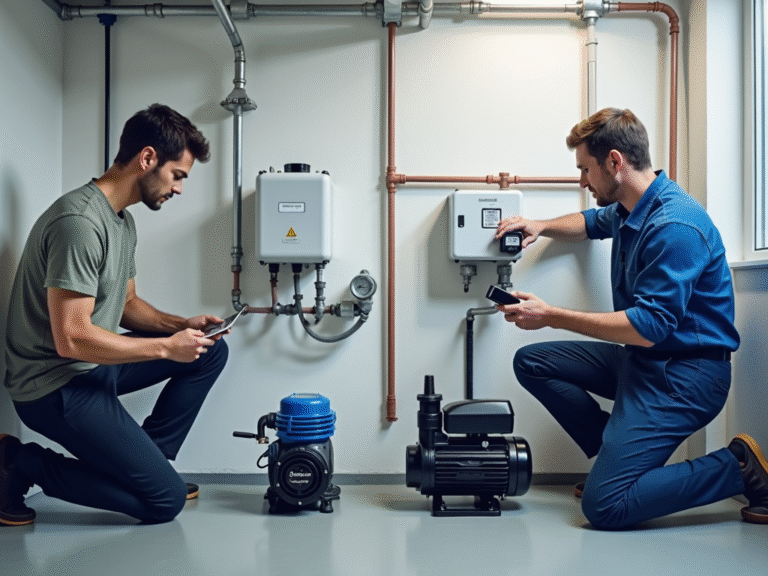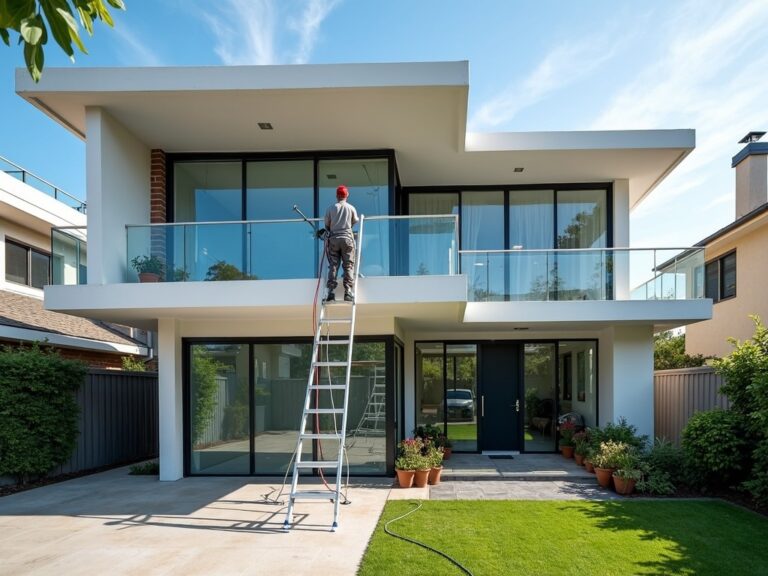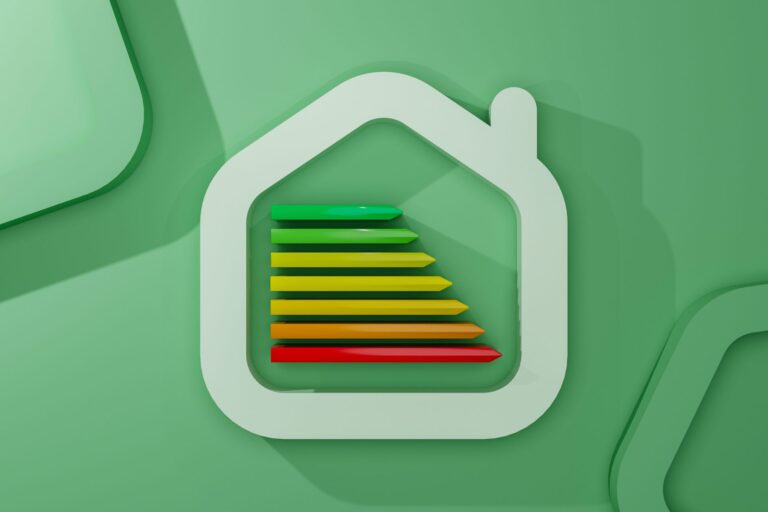Donec efficitur, ligula ut lacinia
viverra, lorem lacus.

Beginner’s Guide to Vegetable Gardening
If you have a green thumb, then you probably already love gardening. And if you love gardening, you’ll probably also love growing your vegetables. But before you plant any seeds, there are a few things you need to know. The most important thing is to be realistic about how long it will take you to grow different vegetable plants. Some crops take several months to grow from seed to maturity, while others require just a few hours.
So it’s time to get your hands dirty and plant some veggies. Did you know that you can grow them all year round? Many vegetables can be grown indoors, during the winter months, with the help of artificial light or kept in large pots that can be brought inside for indoor gardening. In order to do that, perhaps you should build an indoor garden in your home extension, since they could be perfect places to grow such plants. A large area in your backyard can be transformed into an indoor garden by installing glass windows, a new roof (probably with projects 4 roofing), and adding some pots.
Vegetable gardening is a great hobby for anyone looking to save time and money and provide fresh vegetables to their families-and no, you don’t have to be up for the challenge of growing your own beets and turnips. Luckily, even beginners can grow wonderful vegetable gardens, and there’s no reason you can’t even start small. If you know the difference between a tomato and an eggplant, you’re well on your way to starting your own vegetable garden.
Choose the vegetables you want to grow.
If you want to enjoy the fresh, homegrown veggies from your garden all year round, you may want to consider a couple of things. First of all, should you plant vegetables that store well, like potatoes, carrots, onions, and garlic, or should you grow the crops you enjoy eating, like tomatoes, peppers, and broccoli? The answers will help you determine how much space you should allocate to each type of vegetable you want to grow in your garden.
When growing a vegetable garden, choosing the vegetables you are most inclined to eat is important. It is much easier to plan and plant a vegetable garden when you know what you will eat from it. You’d also need to think about the other plants in your garden, and make sure to plan what vegetables to grow based on that. For instance, if you have a lot of trees in your backyard, you need to assess the water requirements of the tree as well as the vegetables you want to grow to see if it is feasible. You can also always call a tree service company to remove your trees, if you’re clear on prioritizing your vegetables and you feel that the trees may get in the way of their healthy growth.
Pick the right location and size for your garden.
If you have a large enough space behind your home, you could introduce a landscape design that accommodates a patch for growing a vegetable garden. But remember that it is important to select an area that gets 6 to 8 hours of full sun daily. Picking the right location and size of your garden helps you avoid having to deal with overcrowding and wasted space.
When starting a vegetable garden, it’s important to have the right location, size, and soil type. If you don’t understand the basics of soil, plants, and the weather, then you probably won’t succeed in growing your own food. Use these tips to learn how to choose the right size and location for your garden and how to make your garden more productive by following the correct planting and harvesting techniques.
Have good soil
Many gardeners consider growing vegetables as a hobby or a way to save money, and if you’re one of them, you can benefit from reading our tips below. First, consider the size of the space you want to use to grow them. Smaller spaces with fewer plants are easier to care for, but larger spaces with more space between plants may yield more produce. Next, consider the type of soil you’ll be using. Working the soil 2 to 3 times per year, and adding compost or manure is beneficial. Finally, even the best soil will benefit from the careful addition of the right fertilizer. It is also important to note that plants that are cramped together in the soil may also make ideal hiding places for slugs, which could be detrimental to your plant growth. Thus, leaving space in the soil and keeping it dry would be a good way to prevent this. You can also consider using a slug control product like Nemaslug 2.0 from Green Gardener (or something similar), which is a natural slug killer and is not likely to cause damage to the soil or the other plants.
Learn the basics such as weeding, fertilizing, and watering your plants
Starting your own vegetable garden can be challenging, especially if you’re a noobie gardener. The last thing you want to do is buy a bunch of seeds and then outgrow whatever you’re growing before the first harvest. So, here’s a list of everything you need to know as a beginner gardener.
Growing your own vegetables is easy, rewarding, and tasty. The seeds are inexpensive, and your backyard can provide plenty of fresh produce without needing to be located near a grocery store. Growing a vegetable garden can be as simple or as complicated as you want to make it. By following a few basic guidelines, you can garden successfully. Learn the basics such as weeding, fertilizing, and watering your plants.



